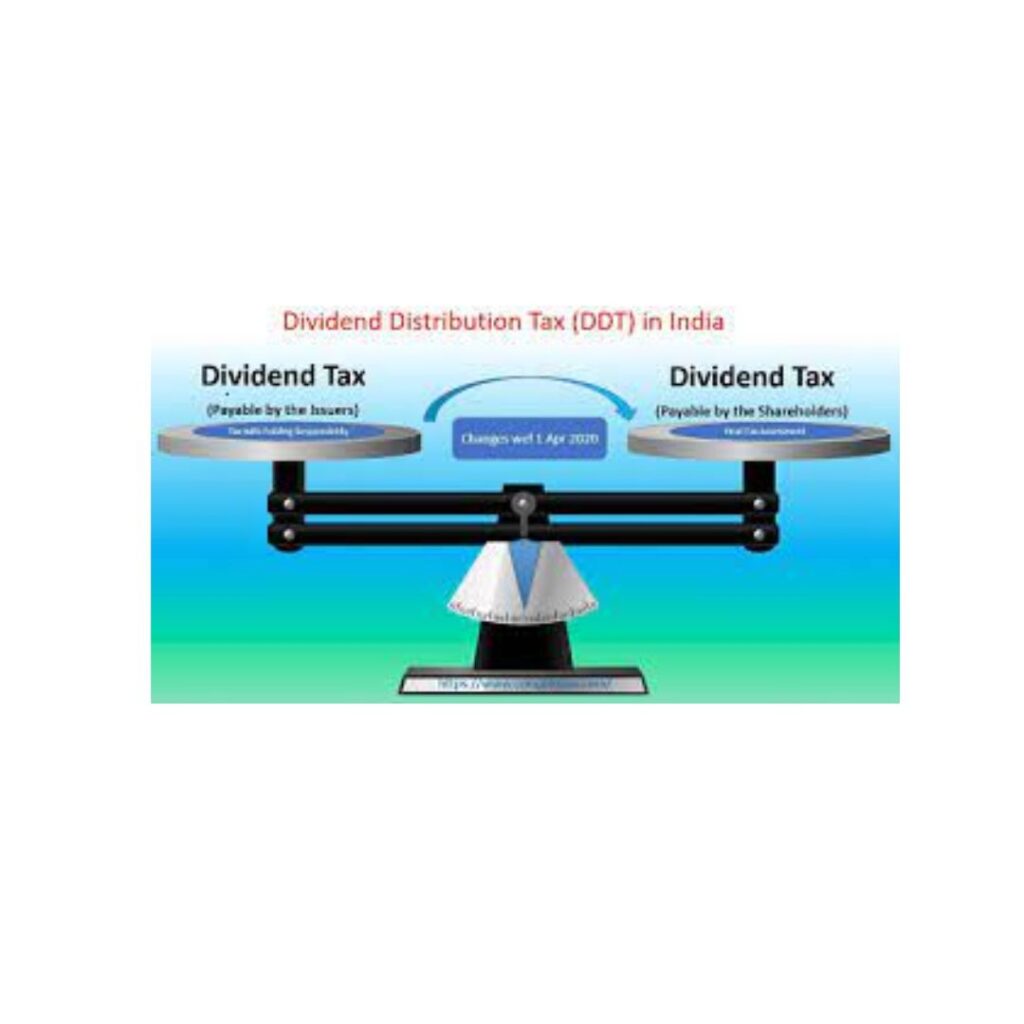Introduction
Dividend income is a significant source of passive earnings for investors in India. However, it is subject to taxation, with the deduction of Tax Deducted at Source (TDS) playing a crucial role in the tax structure. Understanding the rate of TDS deduction on dividend income is essential for both individual investors and businesses to ensure compliance with tax laws and optimize financial planning. This article explores the TDS rates applicable to dividend income, their implications, benefits, limitations, and comparative analysis with other taxation mechanisms.
Definition of TDS on Dividend Income
TDS (Tax Deducted at Source) is a mechanism under which tax is deducted by the payer at the time of making certain payments, including dividends, to ensure tax compliance. In the case of dividends, companies or mutual fund houses deduct TDS before distributing the income to investors. This process helps the government track taxable income and ensures timely tax collection.
Rate of TDS Deduction on Dividend Income
As per Section 194 of the Income Tax Act, 1961, the TDS deduction on dividend income is as follows:
- For Resident Individuals & HUFs (Hindu Undivided Families) – A TDS rate of 10% is applicable if the total dividend paid exceeds ₹5,000 in a financial year.
- For Non-Resident Individuals (NRIs) – A TDS rate of 20% (plus applicable surcharge and cess) is deducted on dividend income.
- For Domestic Companies – No TDS is deducted on dividends paid to other resident companies. However, dividends paid to non-resident companies are subject to a 20% TDS rate (or the rate specified under the Double Taxation Avoidance Agreement (DTAA), whichever is lower).
- For Mutual Fund Dividends – Similar rates apply, with 10% TDS for residents and 20% for NRIs, subject to DTAA benefits.
Exceptions and Concessions:
- Form 15G/15H Submission: Resident individuals with income below the taxable limit can submit Form 15G (for individuals below 60 years) or Form 15H (for senior citizens) to avoid TDS deduction.
- DTAA Benefits: NRIs can avail lower TDS rates if their country of residence has a tax treaty with India.
Application and Usage of TDS on Dividend Income
1. Investor Tax Compliance:
Investors need to consider TDS while planning their tax liabilities. The deducted amount is adjusted against their total tax liability when filing income tax returns.
2. Corporate Tax Compliance:
Companies distributing dividends must ensure proper deduction and deposit of TDS to avoid penalties.
3. Impact on Mutual Fund Investors:
For mutual fund dividends, TDS applies at the same rates, impacting net returns for investors.
4. DTAA Benefits for NRIs:
Non-resident investors can claim benefits under DTAA by submitting necessary documents such as a Tax Residency Certificate (TRC) to avoid higher tax deductions.
Comparative Table: TDS on Dividend Income
| Category | TDS Rate | Threshold for TDS Deduction | Additional Conditions |
|---|---|---|---|
| Resident Individuals | 10% | ₹5,000 per financial year | Can submit Form 15G/15H to avoid TDS |
| Non-Resident Individuals (NRIs) | 20% (or DTAA rate) | No threshold | Subject to surcharge & cess |
| Domestic Companies | 0% | Not applicable | Only NRIs face TDS |
| Foreign Companies | 20% (or DTAA rate) | No threshold | Lower rates if DTAA is applicable |
| Mutual Fund Dividends | 10% (Residents), 20% (NRIs) | ₹5,000 for residents | NRIs need DTAA proof to avail benefits |
Benefits of TDS on Dividend Income
- Ensures Timely Tax Collection – TDS ensures that the government collects tax revenue in advance, reducing the chances of tax evasion.
- Simplifies Tax Filing – Investors receive TDS certificates (Form 26AS) reflecting deducted tax, making income tax return filing easier.
- Prevents Tax Evasion – The automatic deduction of TDS ensures all dividend income is reported to tax authorities.
- Reduces Tax Liability for Some Investors – Individuals with lower incomes can claim refunds if excess TDS is deducted.
Limitations of TDS on Dividend Income
- Liquidity Concerns for Small Investors – Investors relying on dividend income for expenses may face cash flow issues due to TDS deductions.
- Higher Tax Burden for NRIs – Non-residents face higher TDS rates, impacting their net returns.
- Additional Compliance for Companies – Companies need to ensure correct TDS deduction, deposit, and reporting, adding administrative burden.
- TDS Refund Delays – Investors eligible for TDS refunds often experience delays in processing, affecting financial planning.
Conclusion
Understanding the rate of TDS deduction on dividend income is essential for investors and businesses to ensure compliance and optimize tax planning. While TDS ensures timely tax collection, it can also create liquidity concerns for some investors. With appropriate tax planning, including the submission of exemption forms or availing DTAA benefits, investors can mitigate excessive tax deductions. Staying updated with tax regulations and seeking professional advice when necessary can help maximize the benefits of dividend income while ensuring adherence to tax laws.
FAQs:
For more information to Visit https://www.incometax.gov.in
For further details access our website https://vibrantfinserv.com/
Contact: 8130555124, 8130045124
Whatsapp: https://wa.me/918130555124
Mail ID: operations@vibrantfinserv.com
FB Link: https://fb.me/vibrantfinserv
Insta Link: https://www.instagram.com/vibrantfinserv2/
Twitter: https://twitter.com/VibrantFinserv

